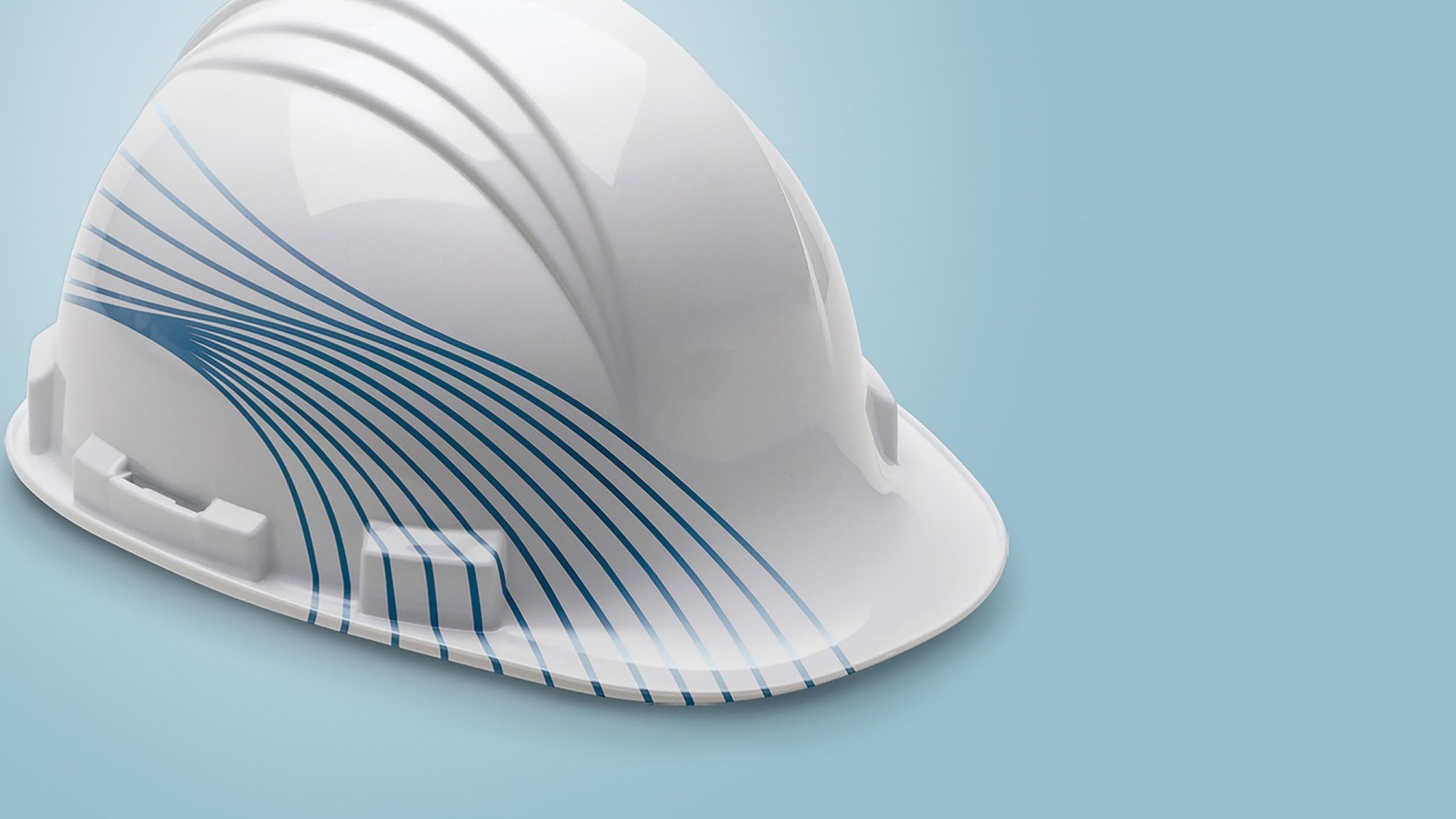
Fiberglass Insulation
Fiberglass Insulation: Installation and Benefits
Table of Contents
Introduction
Choosing the appropriate type of insulation is essential when insulating your house or business building. One popular option that offers excellent thermal performance is fiberglass insulation. In this article, we will delve into the topic of fiberglass insulation, covering its installation process, as well as the numerous benefits it offers. Whether you are a homeowner looking to improve energy efficiency or a contractor seeking effective insulation solutions, this comprehensive guide will provide you with valuable insights.
Understanding Fiberglass Insulation
Fiberglass insulation consists of tiny glass fibers that are tightly woven together to create a dense material. It is available in various forms, including batts, rolls, and loose-fill. The installation process involves placing the insulation in the walls, ceilings, or attics of a building to create a thermal barrier that prevents heat transfer.
Installation Process
Installing fiberglass insulation requires careful attention to detail to ensure optimal effectiveness. Here is the installation process:
Preparation: Before beginning the installation, ensure the area is clean and free from debris. Remove any existing insulation if necessary. This provides a clean surface for the new insulation and prevents any potential issues caused by combining different insulation types.
Safety Precautions: It is essential to prioritize safety during the installation process. Wear appropriate protective gear, such as gloves, goggles, and a mask, to safeguard against any potential irritants. Fiberglass insulation can cause skin and respiratory irritation, so taking these precautions is vital.
Measuring and Cutting: Measure the dimensions of the area to be insulated accurately. Use a tape measure to determine the length and width of the wall, floor, or attic space. Cut the fiberglass insulation batts or rolls accordingly. It is important to ensure a precise fit for optimal thermal performance.
Placement: Install the fiberglass insulation by carefully fitting it between wall studs, floor joists, or roof rafters. Begin at one end and work your way across, ensuring a snug fit. Press the insulation firmly against the surface, taking care not to compress it excessively, as this can reduce its effectiveness.
Air Sealing: Before installing the insulation, address any air leaks or gaps in the building envelope. Use caulk or weatherstripping to seal any cracks or openings. This helps create a more airtight space, improving energy efficiency and preventing drafts.
Vapor Barrier: In some cases, a vapor barrier may be necessary to prevent moisture buildup. A vapor barrier is typically installed on the warm side of the insulation, facing the interior of the building. Consult with a professional or follow local building codes to determine if a vapor barrier is required.
Sealing and Taping: After installing the insulation, seal any gaps or seams with tape or caulk. This step helps create a continuous thermal barrier, minimizing heat transfer and ensuring optimal insulation performance.
Protection: Once the insulation is in place, consider adding a protective layer such as drywall or paneling. This not only enhances the aesthetics of the space but also safeguards the insulation from damage.
Professional Assistance: For complex installations or large-scale projects, it is recommended to seek the assistance of professional insulation contractors who have the expertise and equipment to ensure proper installation. They can provide valuable guidance and ensure compliance with local building codes.
Post-Installation Inspection: Once the installation is complete, conduct a thorough inspection to ensure the insulation is installed correctly and covers the desired areas. Check for any gaps, compression, or areas that may require additional insulation.
Benefits of Fiberglass Insulation
Now that we have covered the installation process, let's explore the benefits of fiberglass insulation:
Excellent Thermal Performance: Fiberglass insulation has a high R-value, indicating its effectiveness in reducing heat transfer. It helps maintain comfortable indoor temperatures year-round, reducing the need for excessive heating or cooling.
Energy Efficiency: By minimizing heat loss or gain, fiberglass insulation contributes to energy efficiency. This can lead to significant cost savings on heating and cooling bills over time.
Sound Dampening: Fiberglass insulation also acts as a sound barrier, reducing noise transmission between rooms or from external sources. It contributes to making the interior space quieter and more tranquil.
Fire Resistance: Fiberglass insulation is non-combustible, offering enhanced fire safety. It helps slow down the spread of flames, providing valuable time for evacuation and minimizing property damage.
Environmentally Friendly: Fiberglass insulation is made from recycled glass and sand, making it an eco-friendly choice. It is also long-lasting and can contribute to sustainable building practices.
Conclusion
Fiberglass insulation is a versatile and highly effective solution for improving energy efficiency and thermal comfort. Its installation process, when done correctly, can provide long-lasting benefits. By following the steps outlined in this guide, you can ensure a successful installation that maximizes the performance of your insulation. Embrace the benefits of fiberglass insulation and create a more comfortable and energy-efficient space for your home or commercial building. Call Stamford Insulation Pros to learn more!